Hello, everyone.!
Today I have something altogether different to give you.
Today, we are not in magnificent places that take your breath away and make you wish you`re there.
But I surely have a lot of intriguing things to offer you, and I'm sure it will spark your curiosity. :)
HARTERA PAPER FACTORY RIJEKA
The history of one of Croatia's first and most influential paper mills begins in 1821, in Rijeka, the administrative center of Primorje-Gorski Kotar County and the most important Croatian port. Due to its great geographical location and proximity to the northern Adriatic and Kvarner Bay, this is Croatia's third largest city. It has developed into one of the largest Central European ports and a prominent industrial powerhouse. Rijeka was also significant as one of the most important financial centers throughout its history, and it is precisely because of the numerous advantages it has provided that the decision to create a paper mill was made.
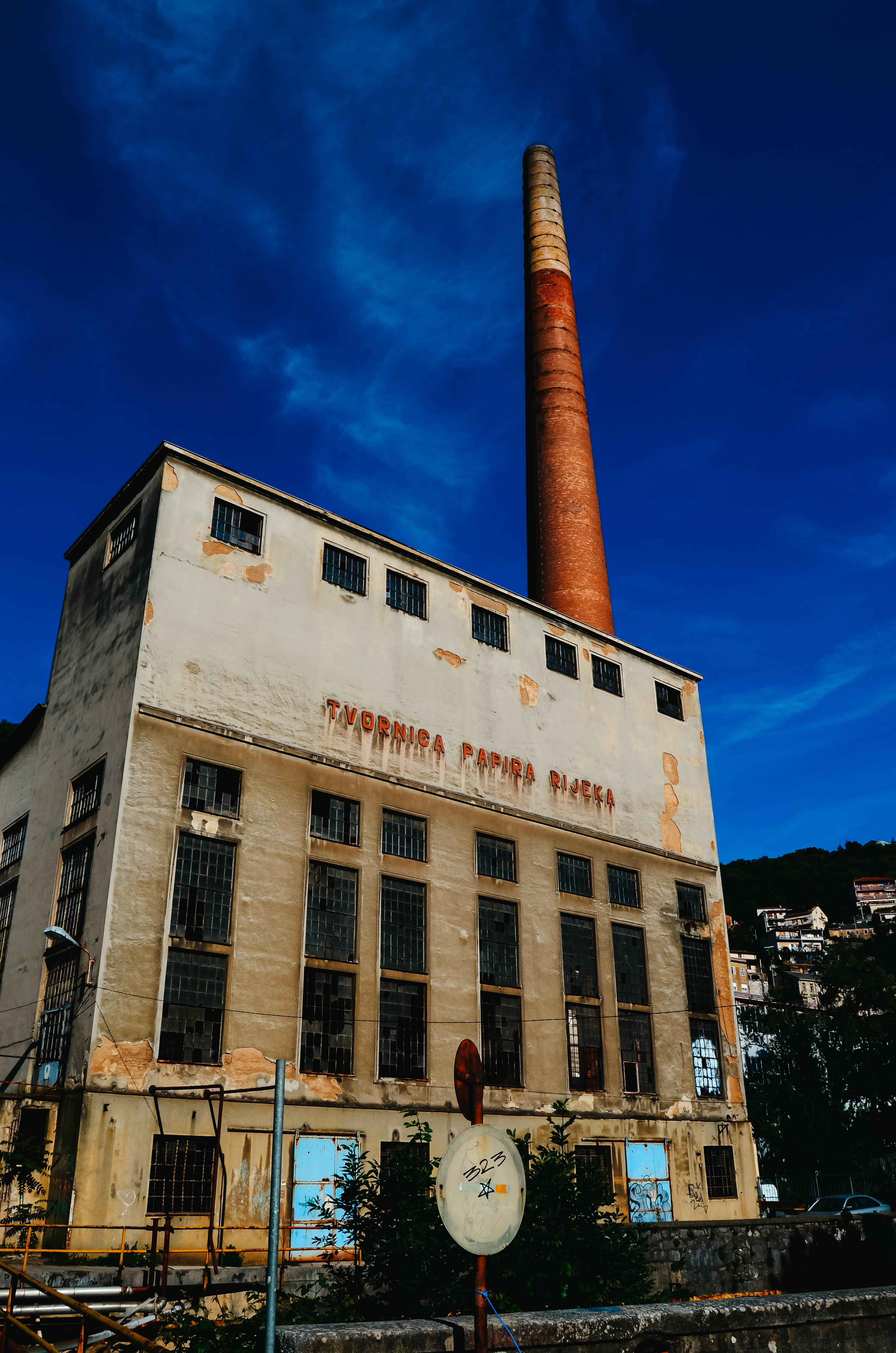
ESTABLISHMENT OF THE RIJEKA PAPER FACTORY
The earliest steps in beginning paper manufacture occurred at a period of tough political, economic, and social crises in Europe, which led to the city's utter economic poverty. In the midst of all of these adversities, there was a guy with the bravery to operate and establish from poverty a factory that has managed to rise and hold for the past 180 years of continuous production.
.jpg)
The earliest steps in beginning paper manufacture occurred at a period of tough political, economic, and social crises in Europe, which led to the city's utter economic poverty. In the midst of all of these adversities, there was a guy with the bravery to operate and establish from poverty a factory that has managed to rise and hold for the past 180 years of continuous production.
That significant step was taken by Andrija Ljudevit Adamich, one of Rijeka's most notable and versatile businesspeople, whose commercial network extended to several nations (Africa, Cuba, Brazil, etc.). To begin, the birth of a factory in Rijeka was documented in September 1821. (Lisac, 1961). That year, A. Lj. Adamich purchased a mill on Lučice in the Rječina valley and reorganized it for paper manufacture, employing 21 people.
.jpg)
In Rijeka, paper was produced, and with his excellence, he won victories at the world's largest festivals at the time. Rijeka paper was marketed on all continents and in fifty countries worldwide.
The first technological investment in the plant was Fourdrinier's paper machine, which was the most advanced in the Austrian Empire. The driving force of this machine was provided by water wheels, and the required water was delivered by wooden lines from the banks of the Rječina. This system enabled the generation of 300 horsepower of energy. At the time, the factory employed approximately 250 people. Her items were largely designed for export, although they merely emerged on the domestic market.
.jpg)
The late 1950s saw the first big postwar modernisation. The facility was rebuilt and extended, increasing the annual capacity from 4,000 to 8,000 tons of paper. There were over 1,000 employees in 1966. Along with the refurbishment of the basic plant, new hemp plants were opened in Vukovar, Oaci, Otok, and Koka (1962), as well as a crepe paper facility in Gerovo (1963). In 1971, two new machines for producing cork paper and cigarette filters, as well as the new Parafinka facility for producing paraffin matches (up to 55 million boxes per year), went into operation. Cigarette paper accounted for two-thirds of overall output.

However, this level of output is difficult to achieve in the absence of the problems that existed at the time. The first culprits were economic problems and increasingly difficult material procurement, which were followed by a total of four fires and floods that pushed the owners over the edge. The factory was closed for several months for renovations, and the workers were gradually sacked, practically halving their number. Following the instability of the owners, the new player was the First Hungarian Paper Industry d. D., which heavily impacted the decision that production was focused primarily on the production of cigarette paper in 1910.

When the Austrian-Hungarian Monarchy fell apart, Hartera entered the system of the corporation "Jela, industrija papira," which relocated its headquarters to Zagreb. The First Croatian Savings Bank controls the future by manufacturing cigarette papers, silk papers, copy papers, and bible paper in 66 buildings. On the markets of the United States, Argentina, and Romania, the annual quantity was 1,200,000 kilos... Years after 1945, the property is taken over by the state. Because of its high quality, the mill ranked second in Europe in terms of cigarette paper production in 1991, and it also accounted for 5% of total paper production worldwide.
.jpg)
But due to the war, many losses and the loss of the market in 2005, the factory is coming to an end after years of changes in generations, owners, workers, ups and downs. But it still left the impression of that building still holding on despite its turbulent past.
However, the factory facilities have not fully vanished. Object Marganovo took over the city of Rijeka, and Hartera, as it is known today, was reorganized as a recreational zone for young people. Hartera's success with rock concerts and other music events demonstrates that through serving young people, she is living her second youth today.
The photographs I took depict the current situation of a once-magnificent plant that provided food for many households and operated in perfect conditions for many years.

This shot is a result of a steel wool photography experiment that I wanted to try, and second one could be my favourite.
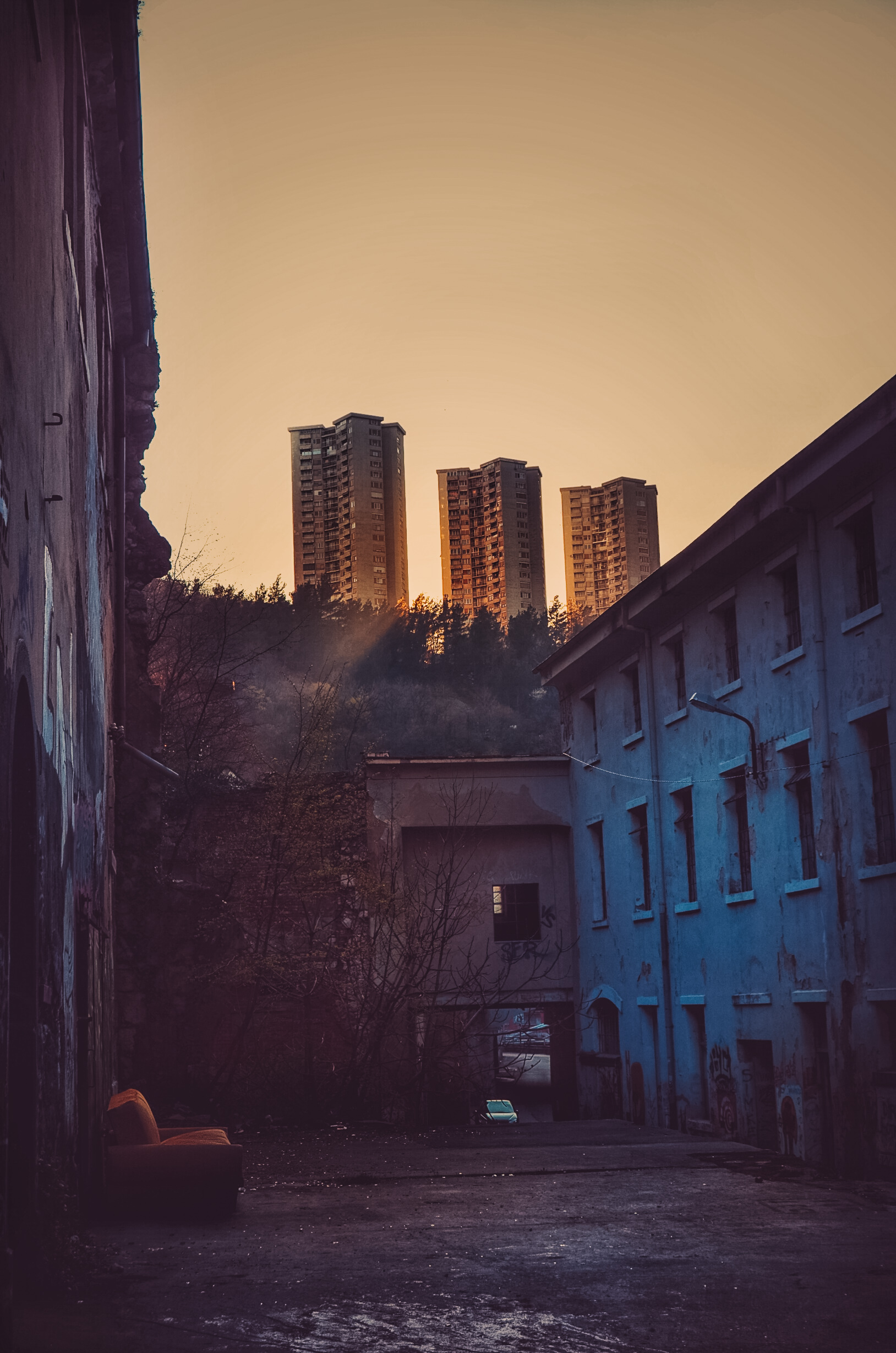
First Torpedo in the world - launch ramp and factory
In the nineteenth century, a Rijeka native and an Englishman used torpedoes to propel Rijeka to the forefront of the industrialized world.

Ivan Luppis, the idea's creator, and his technical partner, Robert Whitehead, invented the torpedo in Rijeka in 1866, a weapon that revolutionized maritime combat. Rijeka was a cosmopolitan city and a recognizable hub on the international map at the time, thanks to advanced technological breakthroughs, huge earnings, and spectacular architecture.
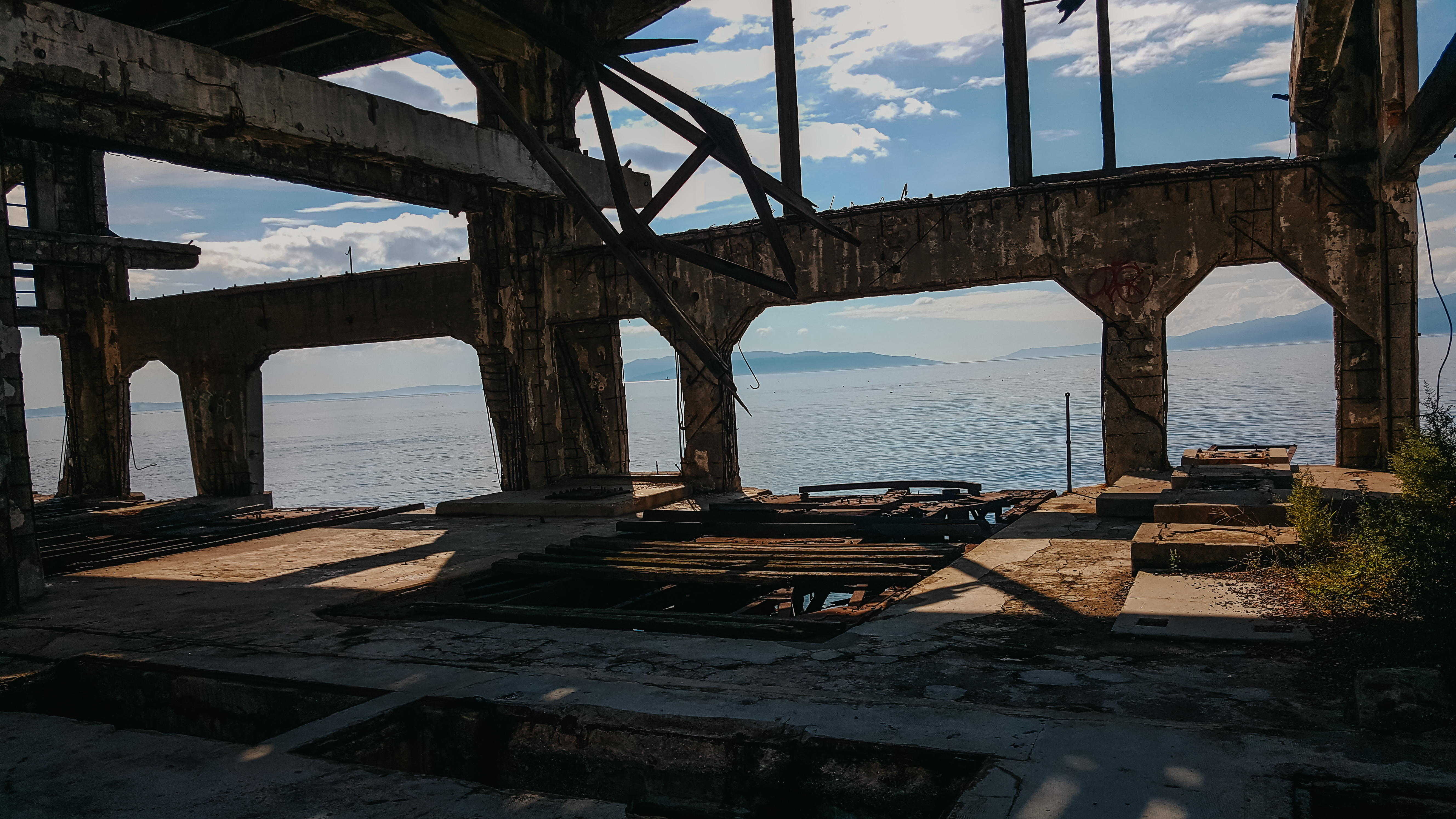
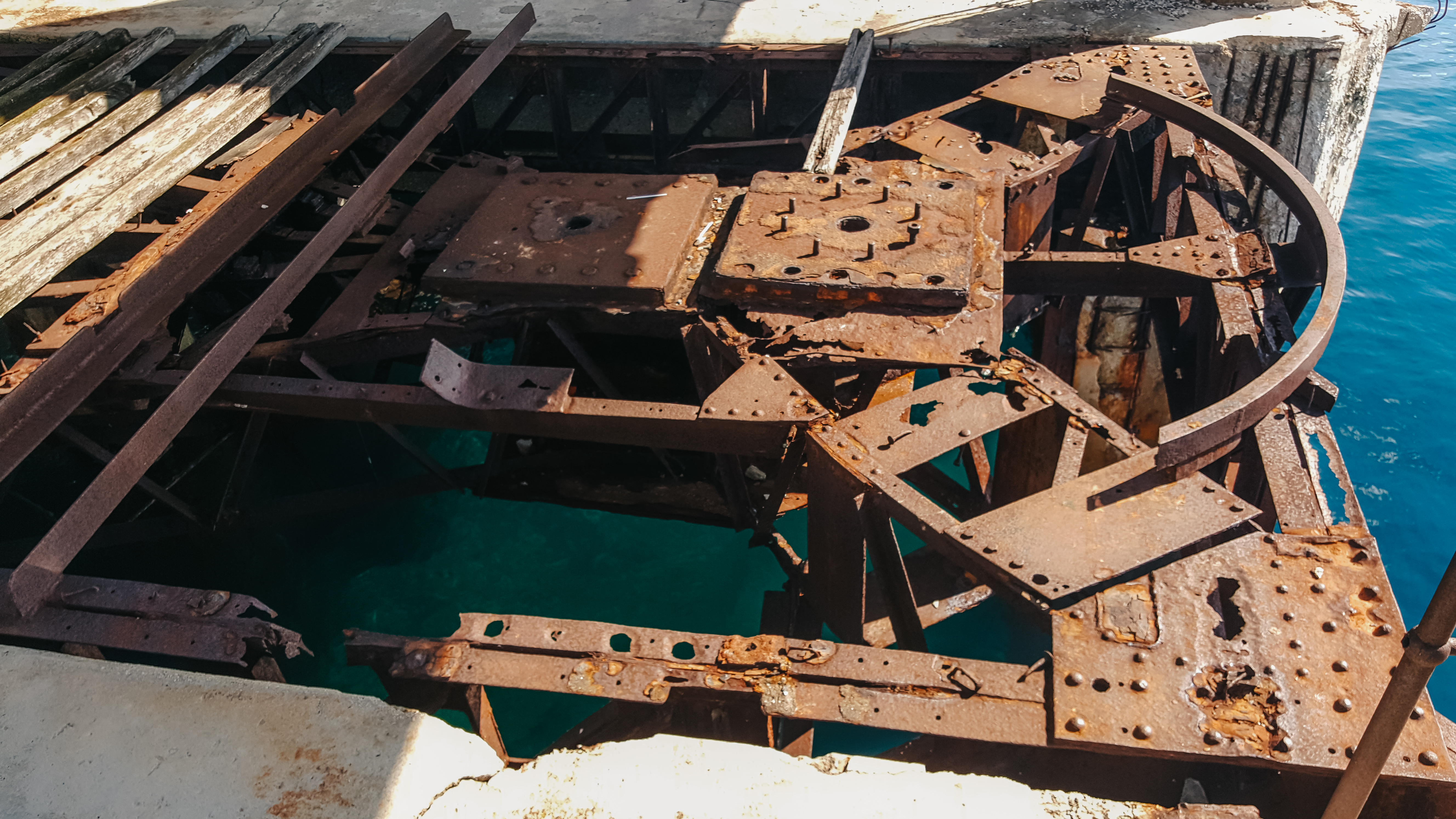

Luppis devised a method for destroying ships that would be unmanned, operated from the mainland, and explosives would be ignited when they came into contact with the vessel. He submitted his concept to Emperor Francis Joseph in 1860, and shortly thereafter met the British mechanical engineer Robert Whitehead, manager of Stabilimento tecnico fiumano, with whom he signed a contract in 1864 to refine the invention.
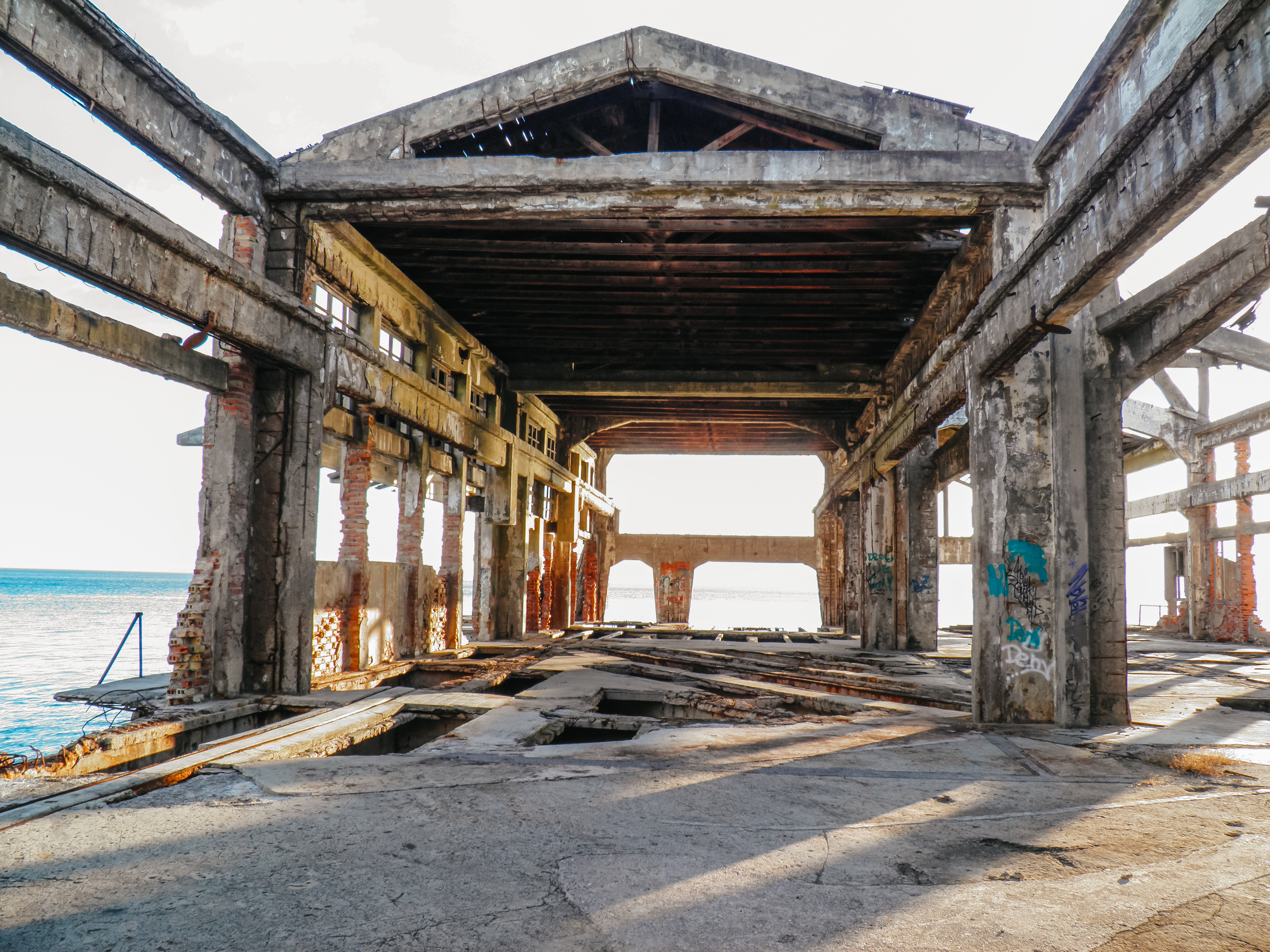
In conjunction with Luppis, Whitehead develops an altogether new product called a torpedo. The first torpedo tests were carried out on December 20, 1866, but Whitehead was dissatisfied, thus the torpedo was refined for another two years. In the Schiavon brothers' Rijeka shipyard, the "Gemse" gunboat was adapted for torpedo launch, and a torpedo launch tube, a new original Whitehead invention, was installed. The first Rijeka torpedoes were known as Luppis-Whitehead torpedoes, and afterwards simply Whitehead torpedoes.

Because the western portion of Rijeka, where the torpedo factory was located, belonged to Italy after World War I, torpedo production was taken over by the Italian military industry in January 1924. This lasted until the conclusion of WWII, when the factory was returned to the "proper hands." After the drives were partially operational, manufacture of consumer products, diesel engines, and, of course, torpedoes began. That combined, civil-military production lasted until 1966, when the torpedoes were phased out. He could now rest in peace in history.

I truly hope you enjoyed at least a bit of my post. A post that is unlike any of the others. Do you think that I should sometimes write posts like this one? :)
If one's man's trash is another man's treasure, then one industry's potential failure is another's opportunity.
-Adam Lashinsky
Congratulations, your post has been added to Pinmapple! 🎉🥳🍍
Did you know you have your own profile map?
And every post has their own map too!
Want to have your post on the map too?
Your content has been voted as a part of Encouragement program. Keep up the good work!
Use Ecency daily to boost your growth on platform!
Support Ecency
Vote for Proposal
Delegate HP and earn more
Congratulations @lensational! You have completed the following achievement on the Hive blockchain and have been rewarded with new badge(s) :
Your next target is to reach 7000 upvotes.
You can view your badges on your board and compare yourself to others in the Ranking
If you no longer want to receive notifications, reply to this comment with the word
STOPCheck out the last post from @hivebuzz:
Support the HiveBuzz project. Vote for our proposal!
Hiya, @choogirl here, just swinging by to let you know that this post made it into our Top 3 in Daily Travel Digest #1367.
Your post has been manually curated by the @pinmapple team. If you like what we're doing, please drop by to check out all the rest of today's great posts and consider supporting other authors like yourself and us so we can keep the project going!
Become part of our travel community: